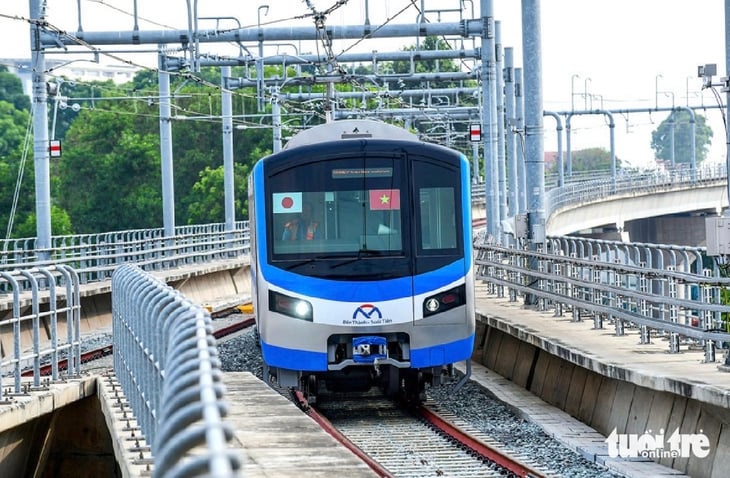
After merging 3 localities, developing metro and urban networks along the public transport connection route plays an important role - Photo: QUANG DINH
On October 24, the Department of Planning and Architecture of Ho Chi Minh City and the Vietnam-Germany University organized an international conference on public transport-oriented urban development (TOD) and sustainable green transformation.
Many management units and experts participated in discussions on creative approaches, implementation solutions and preparation strategies for TOD projects in Ho Chi Minh City and Hanoi in the coming time.
Public transport must be the "core"
Focusing on land use planning in TOD development, TOD urban design and green transformation, application of artificial intelligence (AI) along with development technology and selection of appropriate investment models.
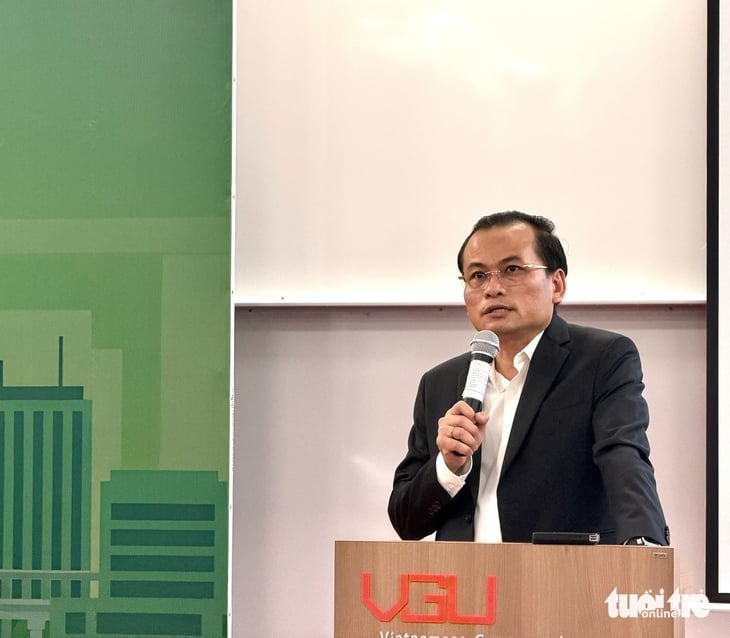
Mr. Pham Huynh Tuan Anh, Deputy Director of the Department of Planning and Architecture of Ho Chi Minh City, spoke at the workshop - Photo: THU DUNG
Speaking at the workshop, Mr. Pham Huynh Tuan Anh - Deputy Director of the Department of Planning and Architecture of Ho Chi Minh City - shared that after the merger of 3 localities, Ho Chi Minh City with its expanded scale and population of more than 14 million people is a great opportunity to promote its potential and develop the economic growth axis of the Southeast region. At the same time, it will become a driving force for economic development, aiming for double-digit growth.
With this goal, Ho Chi Minh City needs a lot of attention and support from management agencies, businesses, people... to come up with highly effective solutions.
"There are certain shortcomings in the implementation process, and public transport plays a very important role in connecting and solving difficulties. For example, this morning, it took me nearly 2 hours to go from the center to Ben Cat ward.
Faced with this reality, the Department of Planning and Architecture of Ho Chi Minh City coordinated with units to organize a workshop to specifically analyze the TOD model around urban railway stations, orienting sustainable green transformation.
At the same time, public transport is connected throughout to serve fast travel, saving time. In the first phase, we have not seen economic benefits, but the social impact is huge," said Mr. Anh.
According to Mr. Anh, through the workshop, managers and businesses will learn valuable experience integrating a group of solutions on the new post-merger planning that the department is preparing to embark on a new journey of outstanding construction and double-digit growth in the coming period.
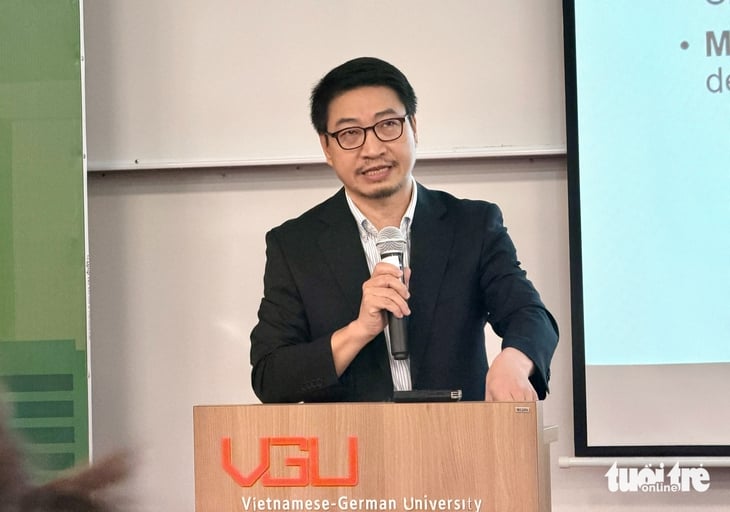
Associate Professor Dr. Vu Anh Tuan - Director of the Vietnam - Germany Transport Research Center - suggests PPP models that can be considered for application in Ho Chi Minh City - Photo: THU DUNG
Prioritize the PPP model
Regarding the model of developing the urban railway network and urban areas along the station, Associate Professor Dr. Vu Anh Tuan - Director of the Vietnam - Germany Transport Research Center (Vietnam - Germany University) - said that the challenge that Ho Chi Minh City is most concerned about is mobilizing resources to develop the nearly 1,000km urban railway network.
The city needs about 100 billion USD in the next 20-30 years to complete the urban railway network, corresponding to an investment need of 5-6 billion USD per year.
Meanwhile, the budget capital is not enough, so the units need to mobilize many resources and different implementation models. Notably, the role of the private economy in urban railway development in the public-private partnership model is considered the most feasible.
Mr. Tuan analyzed international experience showing that private enterprises participate in 30% -40% of the number of urban railway lines and urban development along the lines is most reasonable. There are 9-10 PPP models being commonly applied.
"In Vietnam, the management agency considers both the State-led model, the private-led model, and the hybrid PPP model... Thereby finding a suitable model, investors "bear" less risk with the State, especially in terms of capital. In addition, investors also share experiences with the State in management and operation," said Mr. Tuan.
Particularly in Ho Chi Minh City, many business investors are eager to participate in infrastructure investment, the city also supports this, the problem is to build appropriate mechanisms and policies. In the immediate future, the city needs to prepare proposed solutions, learn from international experiences to have mechanisms and policies to guide the implementation of PPP in the city and the whole country.
Collect data and manage metro lines
Discussing further at the workshop, Professor Sam Chow - Arup Group (Hong Kong - China) suggested more experiences in TOD planning and metro system development in Hong Kong - China using technology to integrate travel data through smart payment cards.
Based on this data, managers and investors can promptly review and adjust the route to invest in connecting TOD with metro lines, thereby monitoring passenger service output and maximizing operational efficiency.
Source: https://tuoitre.vn/tp-hcm-can-uu-tien-lam-mang-luoi-metro-hinh-thuc-ppp-chia-se-ap-luc-von-voi-nha-nuoc-20251024135536826.htm



![[Photo] General Secretary To Lam meets with General Secretary and President of Laos Thongloun Sisoulith](https://vphoto.vietnam.vn/thumb/1200x675/vietnam/resource/IMAGE/2025/10/25/1761380913135_a1-bnd-4751-1374-7632-jpg.webp)




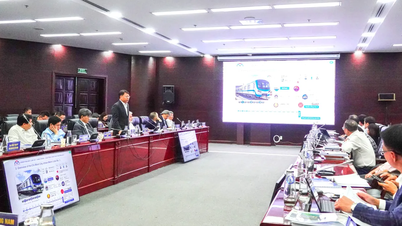

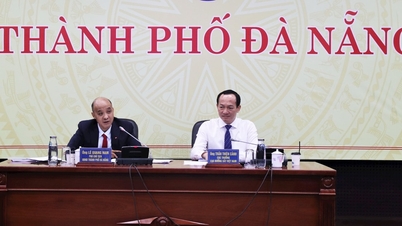

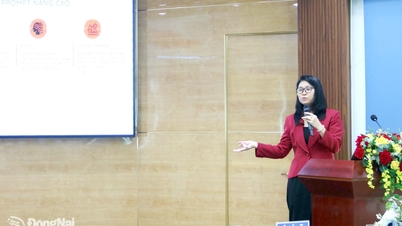

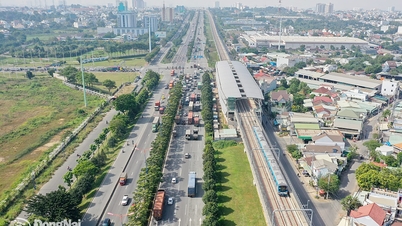
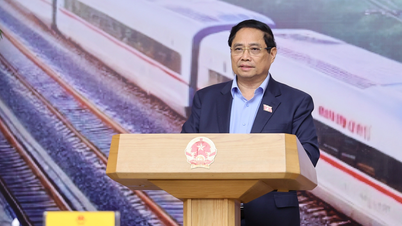

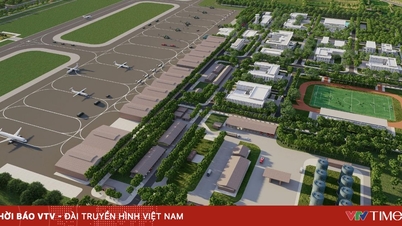




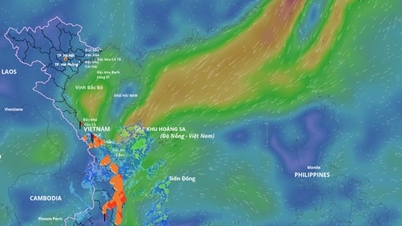



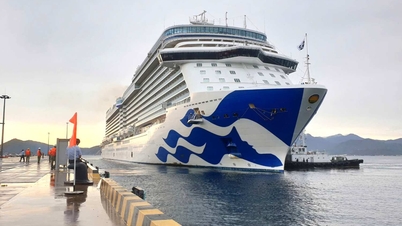






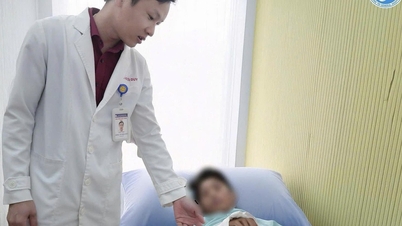
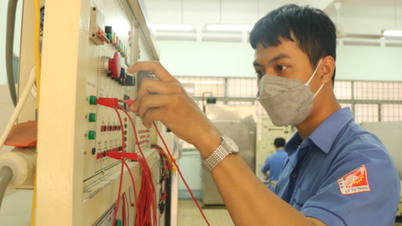
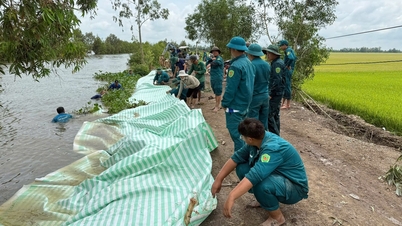

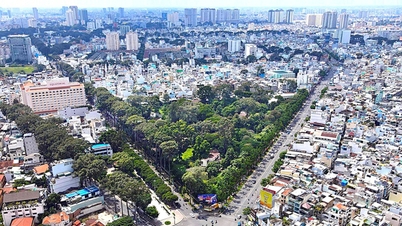

![[Photo] President Luong Cuong receives heads of delegations attending the signing ceremony of the Hanoi Convention](https://vphoto.vietnam.vn/thumb/1200x675/vietnam/resource/IMAGE/2025/10/25/1761377309951_ndo_br_1-7006-jpg.webp)
![[Photo] President Luong Cuong and United Nations Secretary-General Antonio Guterres chaired the signing ceremony of the Hanoi Convention.](https://vphoto.vietnam.vn/thumb/1200x675/vietnam/resource/IMAGE/2025/10/25/1761370409249_ndo_br_1-1794-jpg.webp)







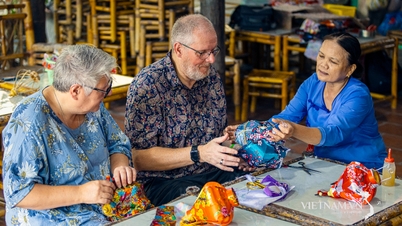

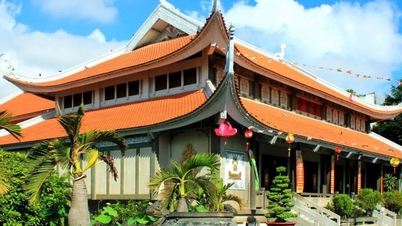























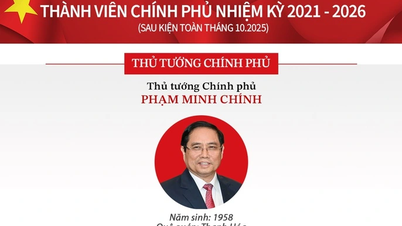


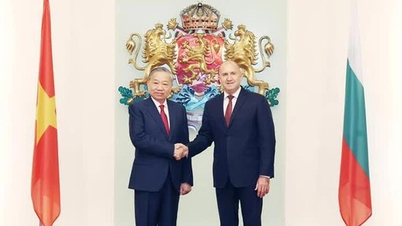

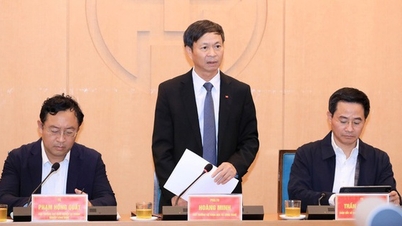
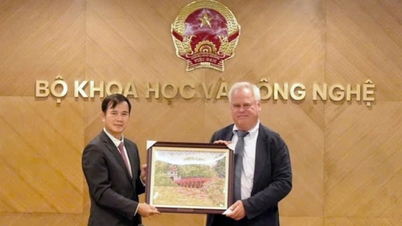
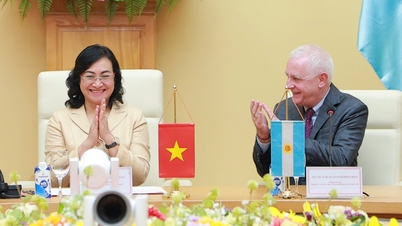

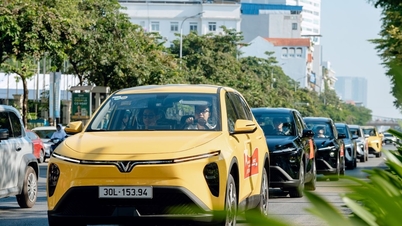

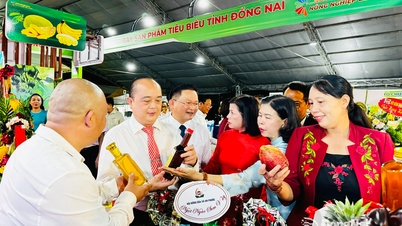
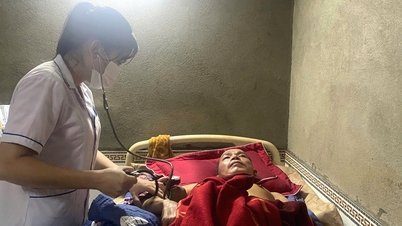

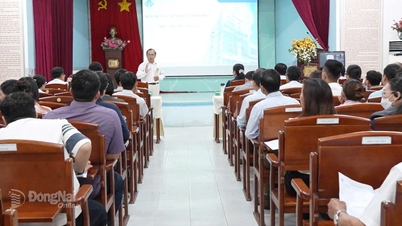















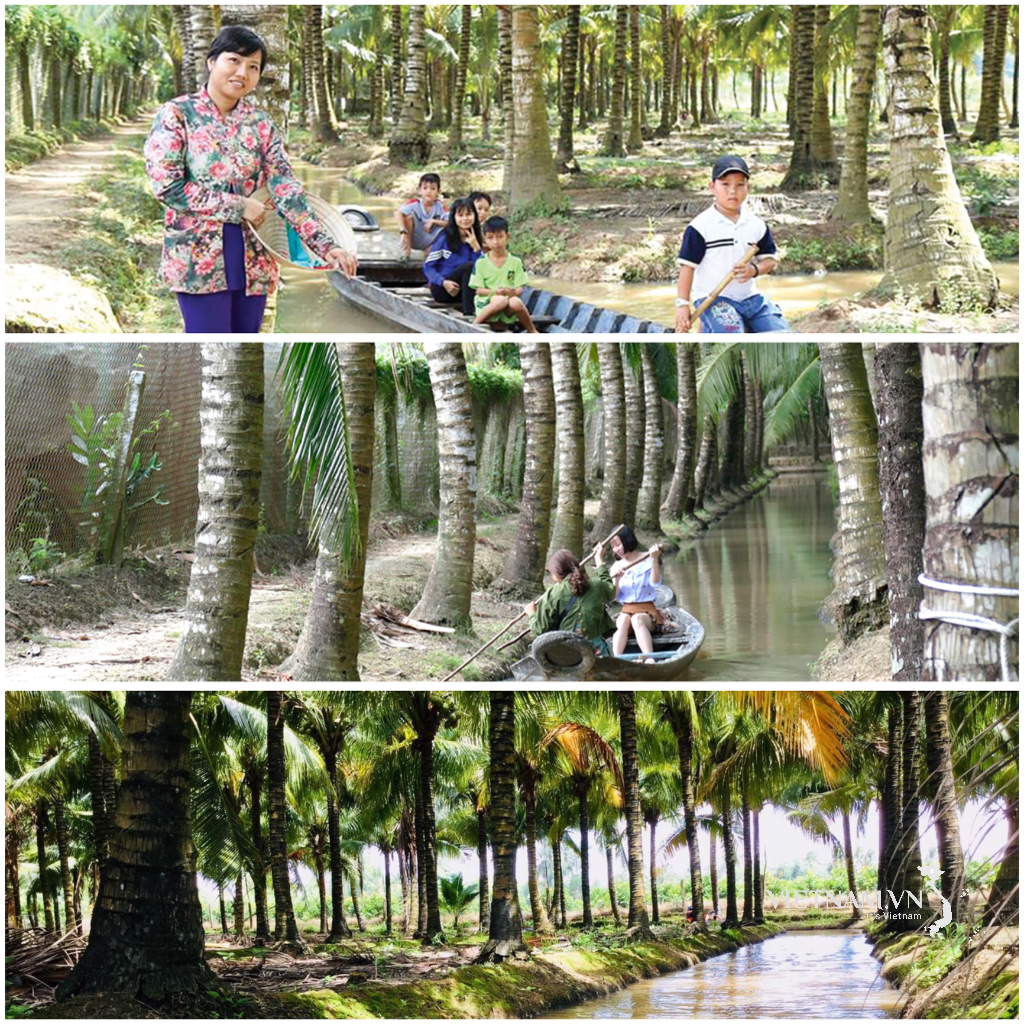

Comment (0)